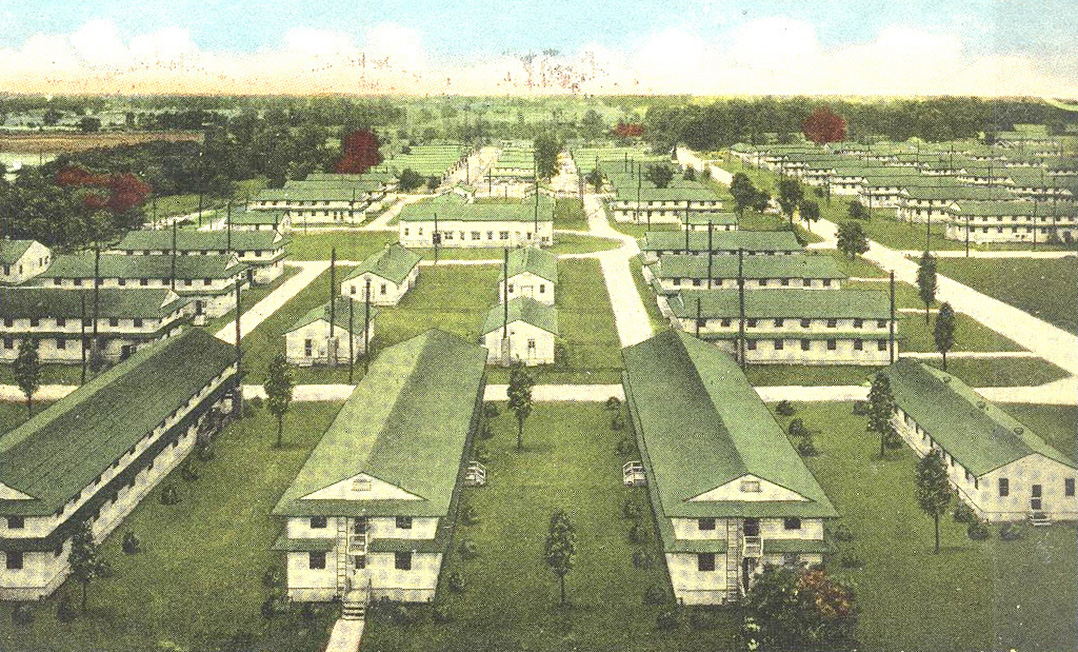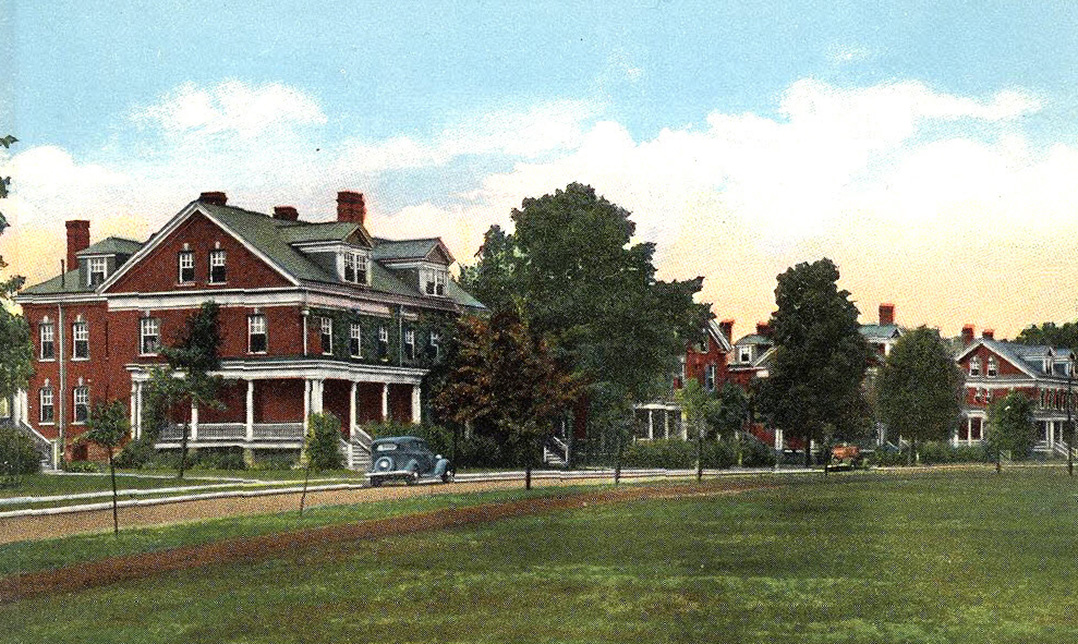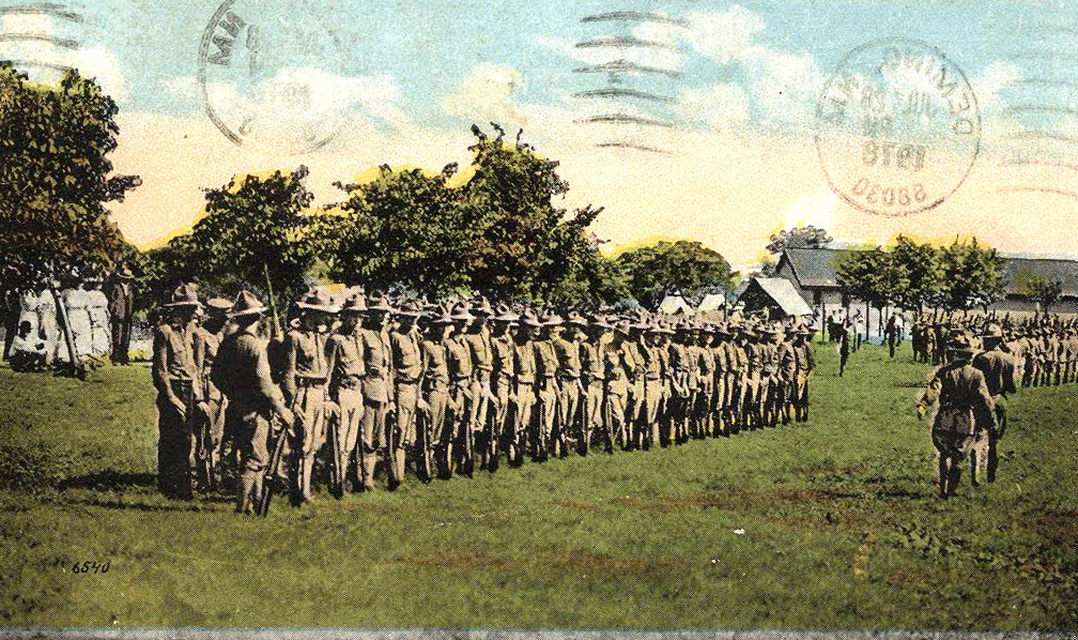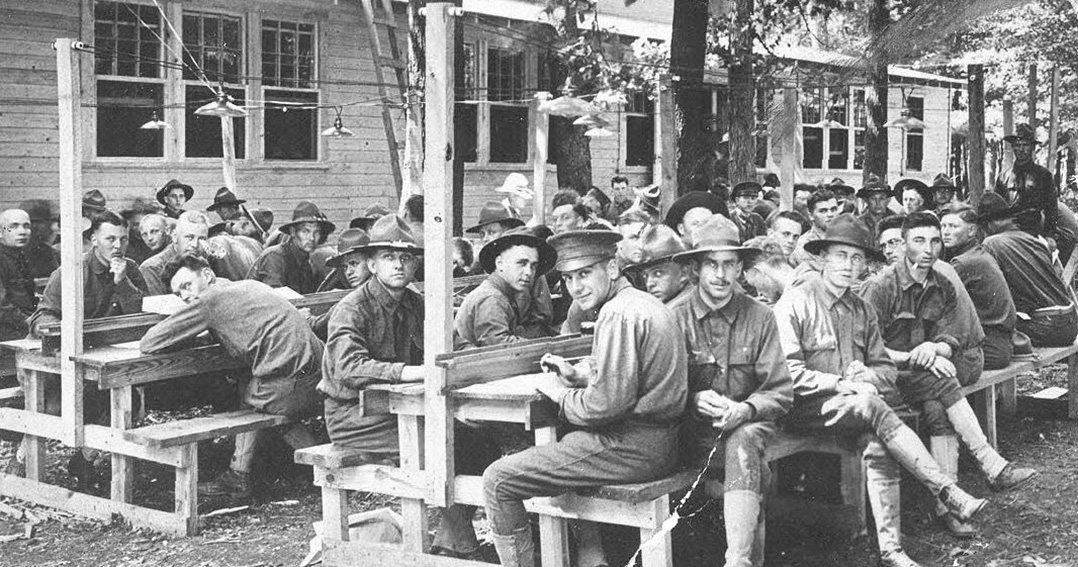More than 100 years ago, one of the nation’s largest U.S. Army bases – Fort Benjamin Harrison — sat in the heart of the City of Lawrence, only miles from downtown Indianapolis.
During the 92 years it served as a military base, Fort Harrison was used for a lot of different purposes, ranging from housing a civilian conservation corps during the 1930s to housing German and Italian prisoners of war during World War II. It was also a military school in the 1990’s, according to the Fort Harrison Reuse Authority.
Today, the grounds of the old fort are home to one of the heavily visited state parks in Indiana — Fort Harrison State Park.
During World Wars I and II, the fort was the largest reception center in the U.S. for military conscripts. In the 1950s, the finance center was constructed and employed thousands of people in the city and is still one of the top employers in Lawrence with more than 5,000 people currently employed, according to the U.S. Dept. of Defense Office of Local Defense Community Cooperation.
Although the military base was decommissioned in 1991, Lawrence and Fort Harrison still have have remnants of the fort’s military past, such as the former Citizen’s Military Training Camp, Civilian Conservation Corps Camp and World War II prisoner of war camp. The Museum of 20th Century Warfare is in former Camp Edwin F. Glenn area of the park.
Jeff Vest, president of the Fort Harrison Reuse Authority, grew up in Lawrence. He recalls as a kid hearing “Taps” played nightly at 10 p.m. and “Reveille” each day at 6 a.m. Vest said that while he was growing up, the military base a diverse population, something Lawrence is still known for.
“So, anybody who grew up here, went to high school here, called Lawrence home, had friends who were military brats,” Vest said. “Some of my first exposure to diversity was going to elementary school at Lawrence Elementary, which isn’t open anymore.”
Dexter Lee, president of the Friends of Fort Harrison State Park group, said many of the park’s visitors have some sort of connection to the fort and are continually drawn to it.
“I wish I could put my finger on it exactly, but so many people that come through (Fort Harrison State Park) have personal stories about something they did as a child in the park or maybe they worked in a facility back when it was a fort,” Lee said. “The local people around Lawrence have their own stories. Every person that I come across has their own story with having a grandpa that served (in the military) and maybe he was at that camp for a few years, or maybe they worked on the floor and worked in the commissary or worked at the day care.
“The people that put their roots in the ground in Lawrence seem to stay and/or come back at some point, and I think that has to do with so many different families traveling and living in that area due to their parents or an uncle or grandpa working out the fort. So, I think there’s just a lot of reasons for local people to go over there that doesn’t even involve the state park.”
Yet, the 1,700-acre state park – which was established in 1996 — annually draws nearly 1 million visitors, according to the Indiana Dept. of Natural Resources. Hiking, fishing, biking, jogging, horseback riding and sledding are among the many activities available at the park.
The growth of the park has also attracted people to local businesses. Will Worley, owner of Porter Books and Bread at 5719 Lawton Loop E. Dr., said that his coffee shop sees more customers during the summer, likely because the state park is just down the street. He has owned the business for seven years.
“Over the last seven years, it definitely seems like the City of Lawrence has put forth a pretty strong effort to try and make Fort Harrison the central focal point of Lawrence and integrate a lot of the other great aspects of Lawrence,” Worley said.
Vest the fort will continue to be a centerpiece of promoting and growing the city.
“As we’re rebranding Fort Harrison today, we don’t rebrand without mentioning Fort Ben,” Vest said. “The entire City of Lawrence still is defined by the presence of Fort Harrison.”






